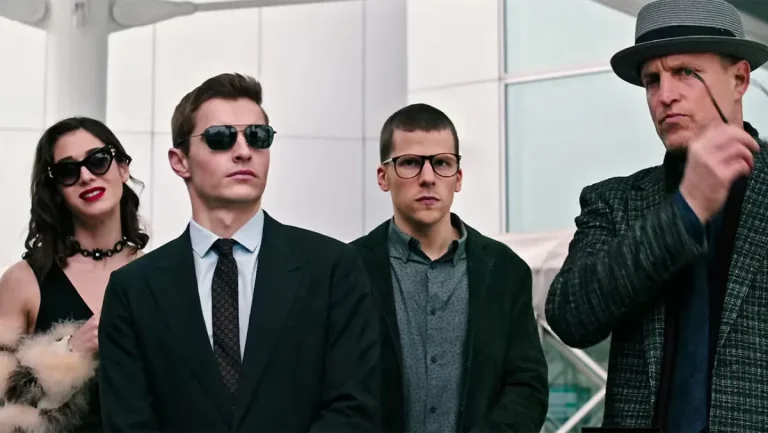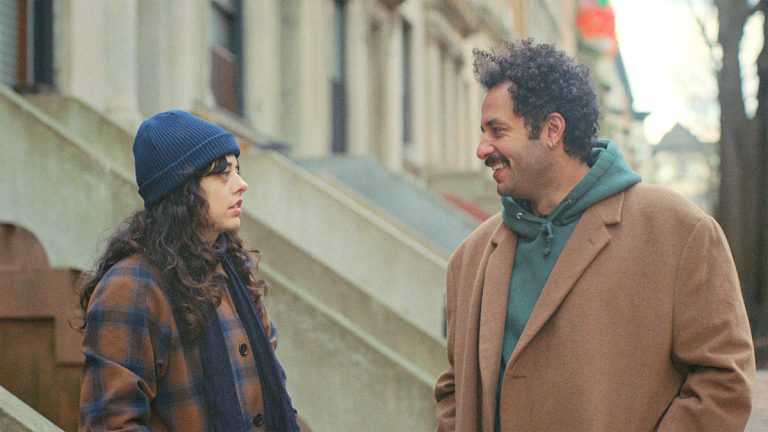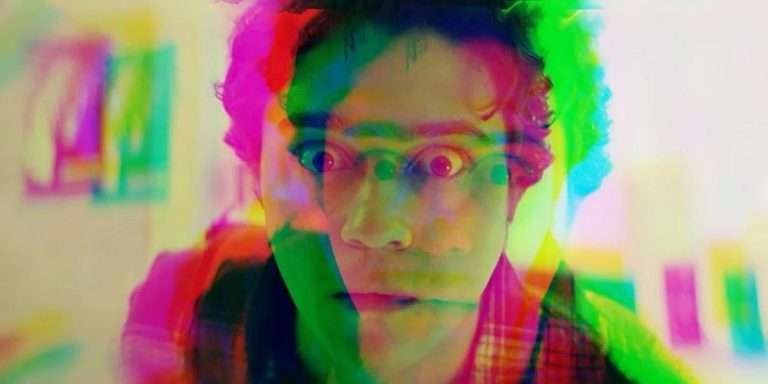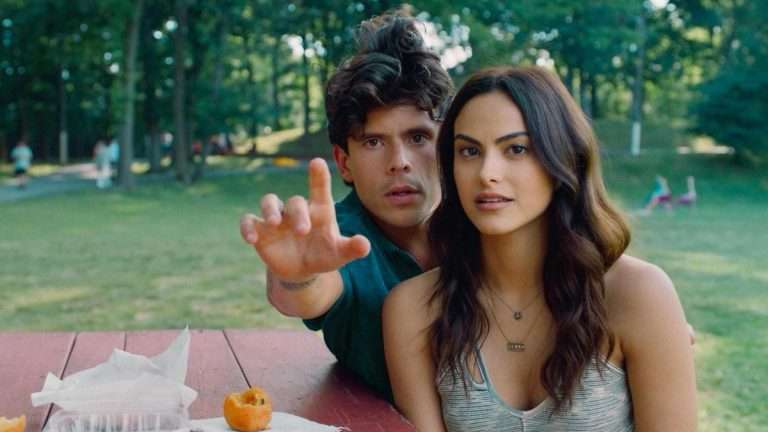There are only a few perfect films in this world, and even fewer are as commercially and culturally successful as Robert Zemeckis’ iconic sci-fi comedy “Back to the Future”. The highest-grossing film of 1985 and watched by billions over their lifetimes, “Back to the Future” not only revolutionised time travel movies but also inspired countless screenwriters to chase the magic spark that writers Zemeckis and Bob Gale infused into their masterful script.
Marty McFly (Michael J. Fox) has a meek father, George (Crispin Glover), and a depressed mother, Lorraine (Lea Thompson). One night, his eccentric old friend Doc Brown (Christopher Lloyd) asks him to meet at the Twin Peaks mall car park to assist with his latest invention, which turns out to be a time-travelling DeLorean. Travelling alone back 30 years to 1955, Marty must persuade young Doc to help him return to the future and ensure his parents fall in love, so that, in turn, Marty is born in the future.
You would be hard-pressed to find someone who does not like “Back to the Future.” This iconic piece of 80s cinema quickly became a cultural milestone that has remained incredibly popular, inspiring two sequels, an animated series, and a West End musical. What makes this film so culturally significant is how effectively it highlights the differences between the 1950s and the 1980s, a period of such profound change that it can make someone feel like an alien in that past environment.
While a contemporary remake would have to approach time travel differently, given how nostalgia now blurs the distinctions between recent decades, “Back to the Future” remains singular in the way it blends those generational contrasts with humor, energy, and blockbuster thrills, transforming what could have been a straight science-fiction premise into a beloved family classic.
The screenplay by Gale and Zemeckis is perfect, with every aspect of the structure and narrative so well-conceived, and the whole film is tied together in a perfect bow with a brilliant ending. It is incredibly rare to craft a screenplay that works on every level and introduces iconic original characters that stay in our minds forever.
The script utilizes our preconceptions about who the bully is and who the nerd is, and weaves a satisfying story of redemption and defiance. It’s remarkable how directly the film explores the volatility of teenage desire, especially in Lorraine’s flirtations, which trace a thin Freudian edge. The scene invites a certain curiosity while simultaneously holding firm to boundaries the narrative cannot cross. The screenplay handles this tension with meticulous control, avoiding the missteps that could have turned the subplot into something far more troubling.
Alongside its near-perfect script, every below-the-line department works in concert to craft a film that feels genuinely singular, drawing on the nostalgic simplicity of the past while setting it against the rough-edged, hip aesthetic of the 1980s. Marty’s costume design is absolutely outstanding. You can instantly tell who he is and his social class just from his attire, and that puffer vest is something I have only ever seen successfully worn in this film. Doc’s design is also brilliant. It plays on your expectations of what a mad scientist should look like, with his white hair standing up vertically as if he is constantly being electrocuted.

Also Read: 30 Best Sci-Fi Movies of the 21st Century
Music is such an essential part of this film, which begins with one of the best original songs created for a film, “The Power of Love” by Huey Lewis and the News. It’s a track that has gone beyond cinema to become a timeless classic in its own right. However, it did not win the Oscar for Best Original Song, but it was certainly well deserved.
The song complements the film’s narrative, as Marty tries to persuade his parents to fall in love with each other when they would normally never interact, while also attempting to return to his own time period to take his girlfriend Jennifer out. Alan Silvestri’s score is exceptionally good as well, with a memorable theme that sticks in your mind and will have you whistling it long after leaving the cinema.
Michael J. Fox was brought in five weeks into production to replace Eric Stoltz — a talented actor in his own right, but completely unsuitable for Marty. Marty is the role Fox was destined to play, and it remains what he is best known for throughout his career. He exudes a boyish charm while also carrying the swagger of someone confident in their own coolness.
His performance strikes the perfect balance of tongue-in-cheek humour, guiding the audience through a film that could easily become overly sci-fi, yet his portrayal ensures it remains a fun, family-friendly adventure. Similarly, who else could have played Doc with the same eccentricity and authenticity as the incredible Christopher Lloyd? Lloyd delivers a zany yet relatable portrayal of a mad scientist, never veering into the know-it-all territory that some actors might have explored. He often demonstrates humanity and kindness, even when he’s a little eccentric.
There are clear reasons why “Back to the Future” (1985) is frequently cited as one of the defining American films of its era. Its screenplay remains a model of structural clarity and narrative economy, often held up as a template for screenwriting students. The casting—sharp, intuitive, and era-defining—anchors the film’s emotional and comedic rhythms, while its synthesizer-driven score captures the tonal pulse of the 1980s without leaning into pastiche.
Part of what preserves the film’s stature today is the series’s refusal to extend beyond its original trilogy. In an industry increasingly reliant on perpetual sequels and franchise expansion, the absence of a fourth entry has inadvertently safeguarded the legacy of the original. A prolonged franchise run would likely have diluted the film’s conceptual elegance and its carefully calibrated character arcs. As it stands, “Back to the Future” retains the cohesion and charm that allow it to remain a multigenerational touchstone—one whose craftsmanship continues to reward both casual viewers and critical revisits.




![The Forgotten Battle [2021] Review: A Triumphant War film That Never Loses Steam](https://79468c92.delivery.rocketcdn.me/wp-content/uploads/2021/10/The-Forgotten-Battle-2-768x405.jpg)



